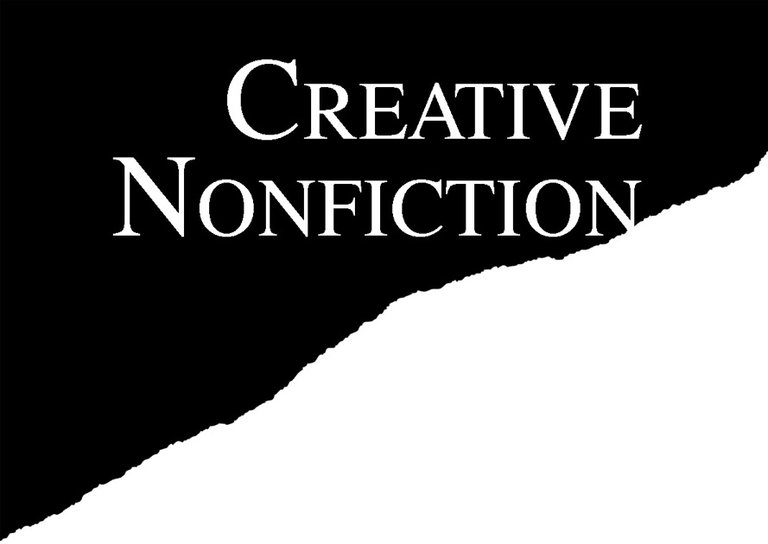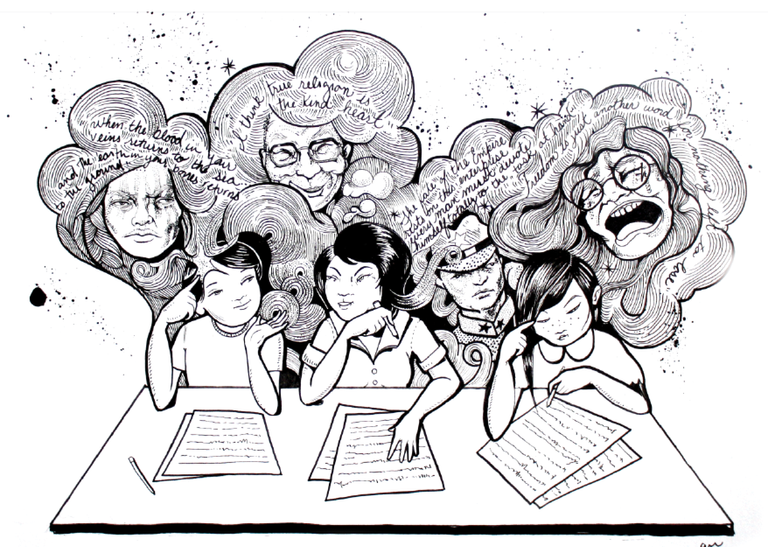Creative nonfiction is an up and coming genre for writers and publishers. It is just beginning to find its way onto university reading lists and obtain nominations for its unique mode of composition.
Traditional non-fiction has, in the past, been accepted as "the truth" about any given event in history, politics or one's personal life.
Creative nonfiction however, whether in its journalistic or intimate forms, accepts bias and subjectivity while injecting the factual aspects of the genre with creative elements like metaphor, figurative language, lyrical flourishes or imaginative narratives.
Journalism as Creative Nonfiction
Journalists, traditionally, have been thought to write with a near-scientific objectivity, reporting on issues and current affairs as if their perceptions were the only version and as if a complete detachment was even possible.
More recently, journalists have been fusing the apparent facts of any particular event they've reported on with the acknowledgment that their narrative may only be part of the story.
By thus contextualizing the factual nature of their piece, they admit to potential fallibility as narrators and, at the same time, offer the reader other possible angles on the story. In such a manner, the reader is awakened to the multiple modes of telling a tale, even if it emerges from what seems to be a single true set of happenings.
Personal Narrative as Creative Nonfiction
Closely tied to the perception that journalists have the single accurate picture of events is the notion that one can tell one's own life story in a way that makes it a definitive account.
When writers pretend that they are divulging the complete truth, later controversy often erupts as with the James Frey debacle regarding his supposed non-fiction memoir about addiction and earlier, Farley Mowat, whose non-fiction novel Never Cry Wolf, was proved to be based in "falsehoods."
As Barbara Lounsberry states in the Art of Fact, while creative nonfiction does require a basis in reality, essential contextualization and "exhaustive research," the genre derives its name from the literary style it uses.
Creative nonfiction, when it appears as memoir, personal essay or travelogue, will incorporate such devices as metaphor, symbolism, lyrical uses of language and poetic forms of structuring.
Many writers are coming to view the creative nonfiction genre as one of the most ideal modes to report on world events and to tell their own personal tales.
Creative nonfiction is not only more compelling to the imagination but it is a more ethical genre, admitting that no one perspective is the ultimate authority and taking responsibility for a diversity of potential narrative modes of entrance.
Source: Barbara Lounsberry - The Art of Fact: Contemporary Artists of Nonfiction

